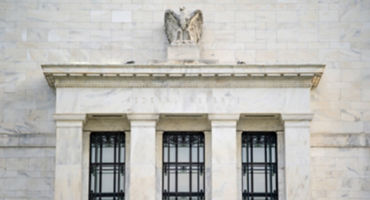Thus far in 2022, outright exposure to two primary fixed income risk factors — duration and credit spreads — has proved challenging. As a result, investors are increasingly seeking innovative and differentiated ways to protect their bond portfolios amid unprecedented market volatility.
Interestingly, from our fundamental factor-based perspective, there has been a consistent bright spot across global government bond and corporate credit markets: Momentum has proven to be a highly diversifying exposure on a year-to-date basis, which we think speaks to the persistence of the market environment during the first half of the year. In this brief note, we’ll focus on global government bonds, though we’ve seen comparable results for momentum in corporate credit.












Monthly Market Snapshot — February 2024
A monthly update on equity, fixed income, currency, and commodity markets.
By
Brett Hinds
Jameson Dunn